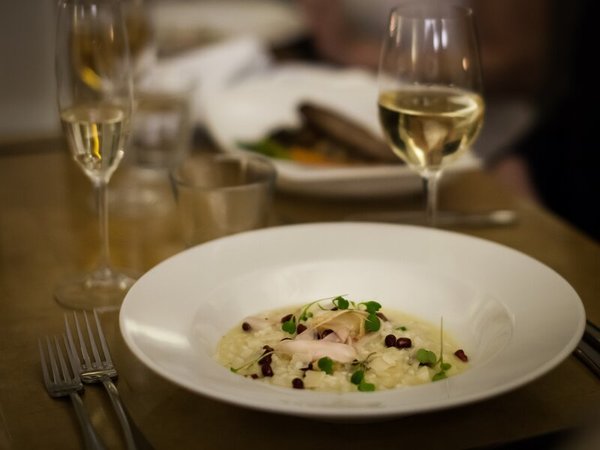
To state the obvious, you don’t need to be able to taste wine like a professional to enjoy it. A corkscrew and glass are the only essentials. However, if you understand what’s in your glass it will enhance your overall drinking experience and make it easier to find more wines you’ll like.
Anybody can taste wine. You don’t need a special palate, a cravat or a ‘penchant for freshly cut grass’. You can pick up the basic technique in just a few minutes but, like most things in life, the more you practice the better you’ll get.
So, why taste wine? Well, it’s a bit like buying clothes. You could just pick something off the shelf, take it home and wear it, or you could spend some time in the shop and try an item on to see how well it fits you and if you like the feel or cut of the fabric. Similarly, you could just grab a wine off the shop shelf, take it home and glug it. Job done. However, if you take the time to taste it properly then you can work which elements you like and use that information to help inform your next purchase.
So, how do you taste wine? You might have seen the ‘experts’ doing all the sniffing, swirling, slurping and spitting - but what’s it really all about? When you taste a wine, you are trying to identify the main aromas and flavours and the key structural characteristics, such as acidity, body and tannin. Acidity is measured by how much your mouth waters, that’s your mouth producing saliva to combat the acidity. The more your mouth waters, the higher the acidity. Body is best described as the ‘mouthfeel’ or how much the wine coats the mouth (this ranges from light-bodied to full-bodied). Tannin is the mouth-dying sensation you can get from a red wine that a lot of people don’t enjoy.
I always encourage new wine tasters to turn wine tasting on its head – it’s not about tasting, it’s all about smelling. This is because it’s your sense of smell that does all the hard work converting what you put into your mouth into the words that describe the flavours.
Don’t worry about long, flowery descriptions like ‘reminiscent of a summer fruit pudding served outside on the terrace in the afternoon sun’ – just try and identify basic smells – fruits, flowers, and other aromas that you recognise and that you could pick up in another wine. There are lots of aids online like aroma wheels that can guide you and help you identify the aromas coming from a wine.
Of course, the big question is whether to spit or not. Spitting a wine out means that you can judge how long a wine lasts in the mouth and good ‘length’ – how long the nice flavours last in the mouth after spitting is an indication of the quality of a wine.
So, here are my 5 simple steps to taste wine like a pro:
Take a moment to look at the wine in your glass – does it look clear and bright (most wine should be). If it looks a bit hazy and you are in a restaurant you should ask somebody to check it for you
Swirl the wine around in the glass (to release the aromas and make smelling easier)
‘Nose’ your wine – basically, stick your nose in the glass and give it a good sniff. What can you smell? Try to jot down 3 or 4 aromas that you can identify.
Taste the wine – try drawing a little air in through your lips as you take in the wine, this helps aerate the wine and release the flavours. What can you taste? The flavours should be like the aromas you identified on the nose. What about the structural elements? Is the wine high in acidity – and do you like that? What about the body? What do you prefer? Light or full-bodied wines? Do you like the tannin in a red wine?
Spit the wine out and assess the length – how long do the pleasant flavours last? If the nice flavours last around 30 seconds or more then you’ve got a good wine. If they fade after a few seconds, it doesn’t mean the wine is bad, just don’t expect too much from it.
Jot down as much as you can so you have a record of what you’ve tasted, and you’ll have started to develop your own wine lexicon - aromas and flavours that mean something to you that you can use to compare one wine with another. Most importantly highlight the aromas, flavours and structural elements you liked or disliked.
Now you can taste wine like a pro, raise your glass and shout ‘Cheers’!

.png)


